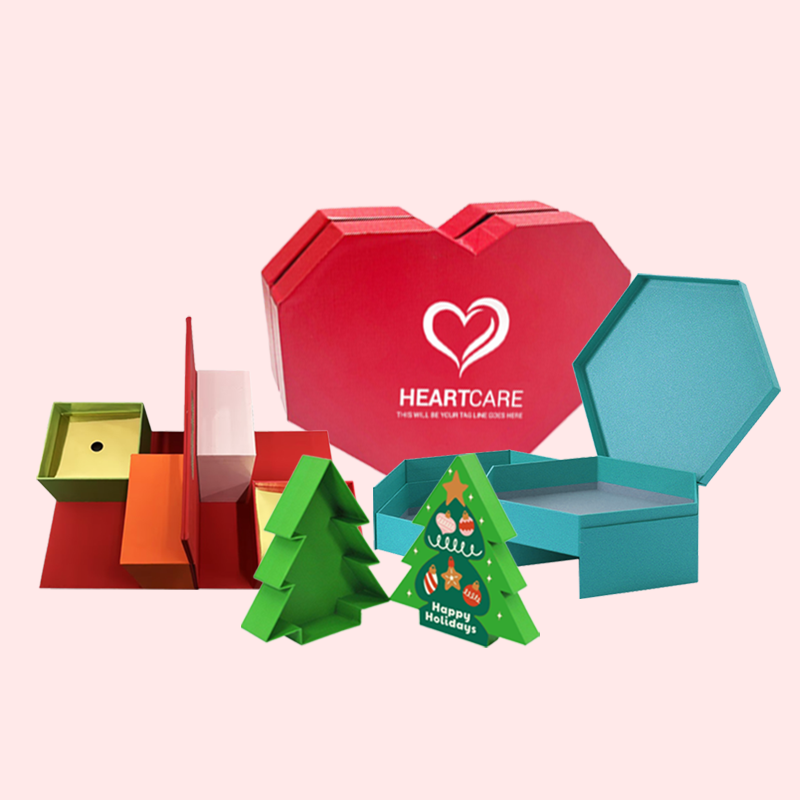Your premium product deserves more than a plain box. Poor packaging can devalue your brand. Book style rigid boxes create a memorable unboxing experience that elevates your product's perceived value.
The key benefits of book style rigid boxes are superior product protection, a high-end, luxurious feel, and an unforgettable unboxing experience. Their strong construction and customizable design make them ideal for premium goods, electronics, and special gift sets, enhancing brand perception and customer loyalty.
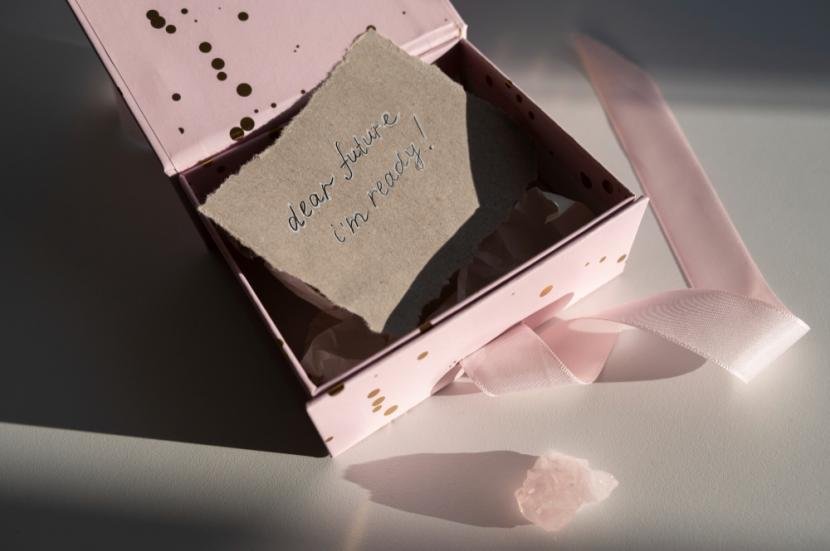
I've spent 16 years in this industry, and I've seen firsthand how the right packaging can make or break a product launch. A book style rigid box isn't just a container; it's the first physical interaction a customer has with your brand. It tells a story of quality before they even see the product inside. Many designers I talk to, like my friend Peter who specializes in product display, are curious about these boxes. So, let's dive deeper into what makes them, and other rigid boxes, such a powerful choice for so many brands.
What are the benefits of rigid boxes?
Your products get damaged during shipping. This leads to costly returns and unhappy customers. Rigid boxes offer a strong, durable solution that protects your items effectively.
Rigid boxes provide excellent structural strength, which means superior protection for your products. They also offer a high-end look and feel that significantly boosts brand value. Plus, their versatility allows for amazing customization with different finishes, prints, and inserts.
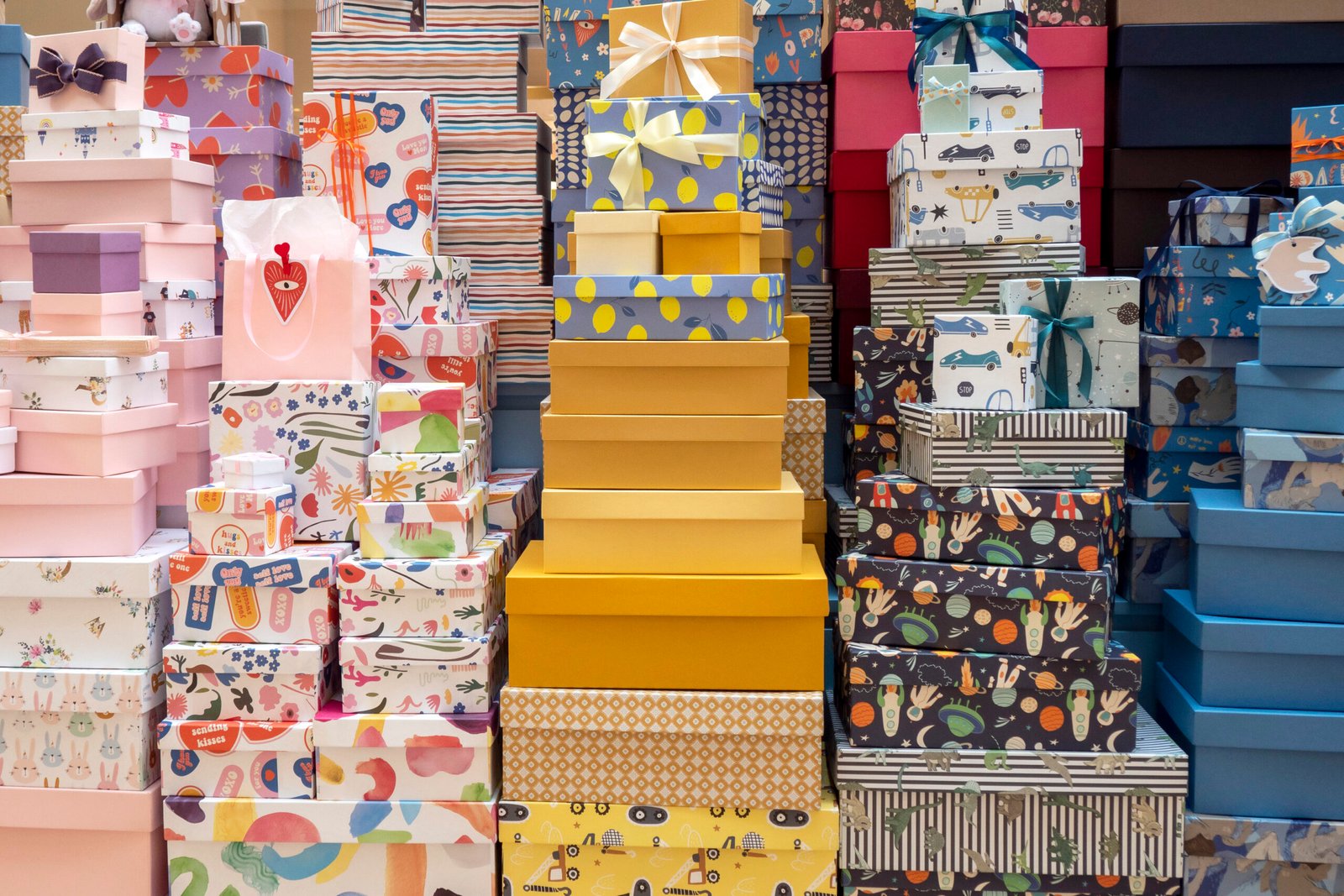
In my experience, the benefits of rigid boxes1 fall into three main categories. First is protection. These boxes are made from thick, compressed paperboard, often called chipboard2. They don't bend or crush easily. A few years ago, a client in the high-end cosmetics industry came to us because their delicate glass bottles were breaking in transit. We switched them from a standard folding carton3 to a rigid box with a custom foam insert. Their damage rates dropped to almost zero. Second is the premium feel4. The weight, the solid construction, and the crisp edges all communicate luxury. Customers instantly feel they've bought something special. Finally, the customization5 is nearly limitless. You can wrap them in special papers, add magnetic closures, or use foil stamping. This turns a simple box into a key part of your brand story.
| Benefit | Description | Impact on Brand |
|---|---|---|
| Protection | Strong chipboard2 construction prevents crushing and damage. | Reduces returns, increases customer trust6. |
| Premium Feel | Heavyweight and solid, providing a luxury unboxing7. | Justifies a higher price point, enhances perceived value. |
| Customization | Allows for unique wraps, finishes, and inserts. | Creates a memorable brand identity8 and experience. |
What is the difference between a rigid box and a folding box?
Choosing between packaging types can be confusing. The wrong choice affects your budget and brand image. Understanding the key differences between rigid and folding boxes will clarify your decision.
A rigid box is made from thick, sturdy chipboard2 and arrives pre-assembled, offering a premium feel4. A folding box, or folding carton3, is made from thinner paperboard and ships flat, requiring assembly. Rigid boxes are for luxury; folding carton3s are for everyday retail.
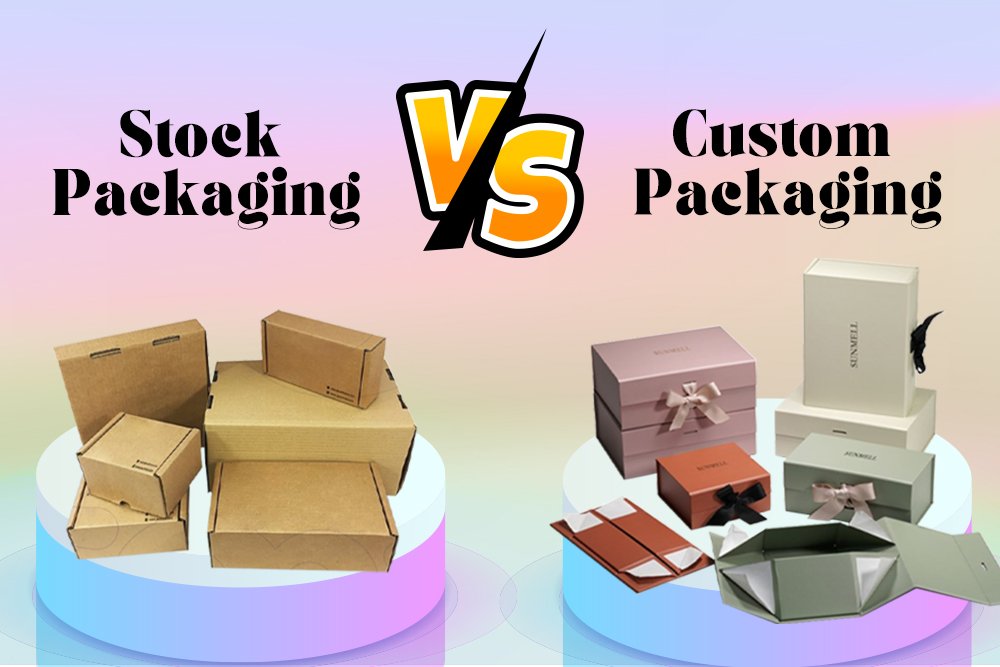
As a designer or brand owner, this is one of the most fundamental choices you'll make. I always tell my clients to think about it in terms of both logistics9 and perception. A folding box is economical. It's made of single-layer paperboard, ships flat to save space and cost, and is assembled either by hand or machine at the packing facility. It's perfect for mass-market items you see on a supermarket shelf. A rigid box is a completely different product. Its two main parts are the thick chipboard2 core and the printed wrap that is laminated over it. We make them into their final 3D shape right here in our factory. This means they arrive at your facility ready to go, but they also take up a lot more space in the truck and in your warehouse. The choice often comes down to balancing your brand goals with your budget and supply chain.
| Feature | Rigid Box | Folding Box (Folding Carton) |
|---|---|---|
| Material | Thick chipboard2 (1-3mm), wrapped in paper/fabric. | Thin paperboard (300-800 GSM). |
| Construction | Arrives pre-assembled and permanently glued. | Ships flat, requires assembly. |
| Durability | Very high, excellent for protection and reuse. | Lower, intended for single use. |
| Perceived Value | High, associated with luxury and premium goods. | Standard, associated with retail and consumer goods. |
| Cost | Higher per-unit cost. | Lower per-unit cost. |
What are the disadvantages of rigid boxes1?
You love the premium look of rigid boxes1. But you worry about the hidden costs and logistical challenges. It’s smart to understand the downsides before you commit your budget.
The main disadvantages of rigid boxes1 are their higher cost per unit compared to folding carton3s. They also take up more storage space and have higher shipping costs because they don't ship flat. Production lead times can also be longer.
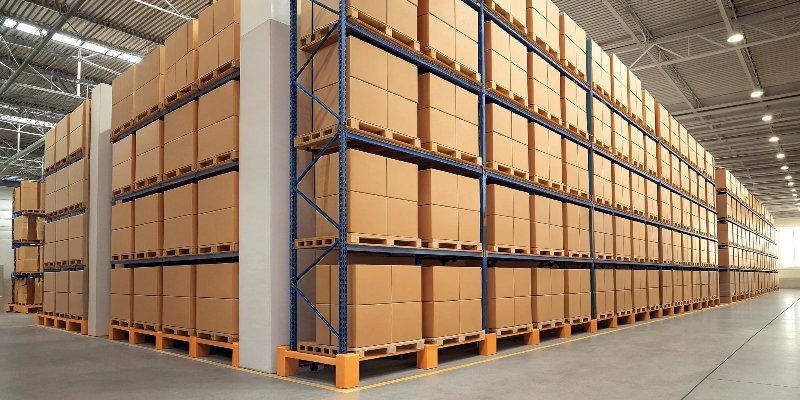
I believe in being completely transparent with my clients. While rigid boxes1 are fantastic, they aren't the right fit for every project. The first thing to consider is the cost. The materials are more expensive, and the manufacturing process is more labor-intensive, so the price per box is significantly higher than a folding carton3. You have to be sure your product’s price point and brand strategy can support that extra cost. The second challenge is logistics9. Because they are pre-assembled, a truck can only hold a fraction of the number of rigid boxes1 compared to flat-packed folding carton3s. This increases both shipping and warehousing costs10. I once had a startup client who fell in love with a rigid box design, but we had to switch to a collapsible rigid style because their warehouse simply couldn't store the thousands of assembled boxes they needed. Finally, production can take longer, so you need to plan your timelines accordingly.
What are the different types of rigid boxes1?
You know you want a rigid box. But the variety of styles can be overwhelming. Choosing the right type is crucial for your product's presentation and functionality.
Besides book style boxes, common types include the classic lid-and-base box11, the elegant drawer-style box, and practical collapsible rigid boxes12s](https://gifts-pack.com/why-are-custom-rigid-boxes-useful-for-your-business/)[^1]. Each style offers a different unboxing experience and is suited for different products, from jewelry to electronics.
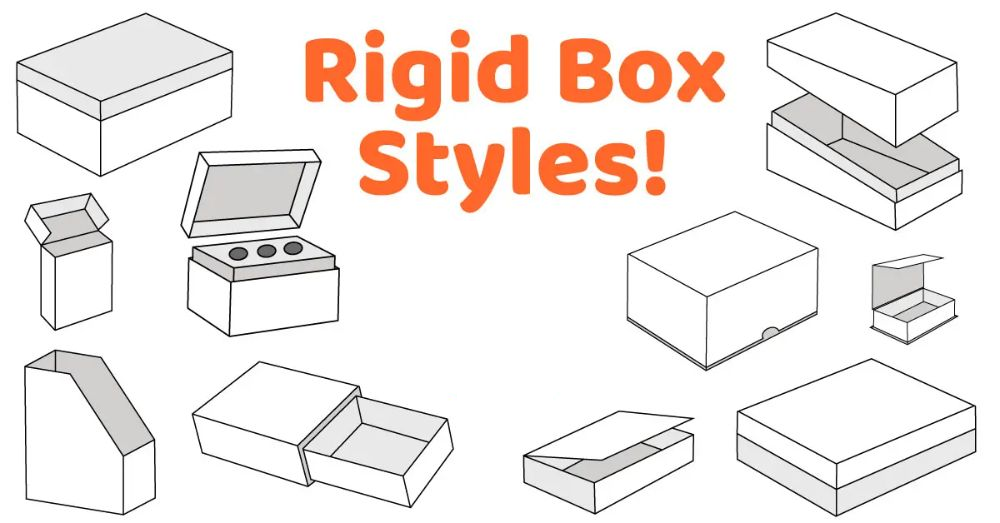
Choosing the right style is where the fun begins for a designer. It's about matching the box's function to the product and the desired customer experience. While book style boxes are my favorite for creating a narrative, there are other excellent options we work with every day at lddisplay.
Lid and Base Boxes
This is the most common style, often called a telescoping box. Think of an iPhone box or a classic board game box. It has a separate top lid that fits over a bottom base. You can have a full-telescoping lid that covers the entire base or a partial one that leaves a portion of the base visible, adding a nice color contrast.
Drawer Style Boxes
Also known as a slipcase or a matchbox-style box, this design features a "drawer" that slides out from an outer sleeve. It creates a sense of anticipation and is perfect for smaller, high-value items like jewelry, watches, or custom USB drives. We often add a ribbon pull to make it easier to open.
Collapsible Rigid Boxes
This is a clever solution to the storage problem. These boxes are built with the same strong chipboard2, but they are designed to be shipped flat and can be quickly assembled by hand. They often have adhesive strips to secure them into their final shape. They offer a great balance between the premium feel4 of a rigid box and the logistical efficiency of a folding carton3.
Conclusion
In summary, book style rigid boxes1 offer unmatched protection and a premium feel4. Understanding their types, costs, and benefits helps you choose the perfect packaging to elevate your brand.
-
Explore the benefits of rigid boxes to understand how they can enhance your product's protection and presentation. ↩ ↩ ↩ ↩ ↩ ↩ ↩ ↩
-
Learn about chipboard's properties and its role in creating durable packaging solutions. ↩ ↩ ↩ ↩ ↩ ↩
-
Understand the key differences to make informed packaging decisions for your products. ↩ ↩ ↩ ↩ ↩ ↩ ↩
-
Discover how premium packaging can elevate customer perception and justify higher price points. ↩ ↩ ↩ ↩
-
Find out how to personalize rigid boxes to create a unique brand identity and memorable customer experience. ↩
-
Find out how effective packaging can build customer trust and loyalty to your brand. ↩
-
Explore elements that contribute to a luxury unboxing experience and how they impact customer satisfaction. ↩
-
Discover how thoughtful packaging design can strengthen your brand identity and customer connection. ↩
-
Learn about the logistical considerations when choosing rigid boxes for your packaging needs. ↩ ↩
-
Understand how packaging choices can affect your warehousing costs and overall budget. ↩
-
Explore the versatility of lid-and-base boxes and their applications in various industries. ↩
-
Learn about collapsible rigid boxes as a space-saving solution that maintains a premium feel. ↩


